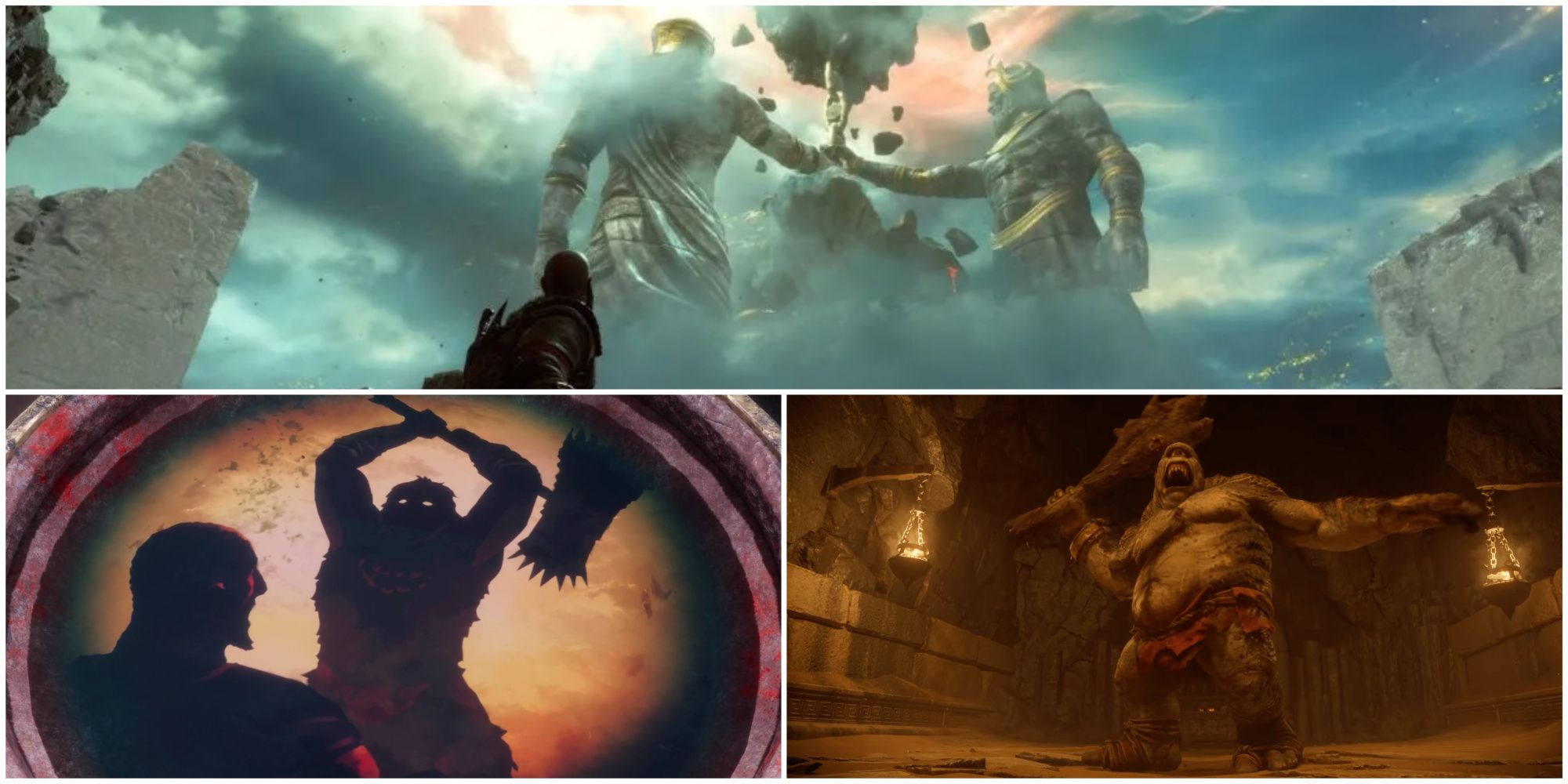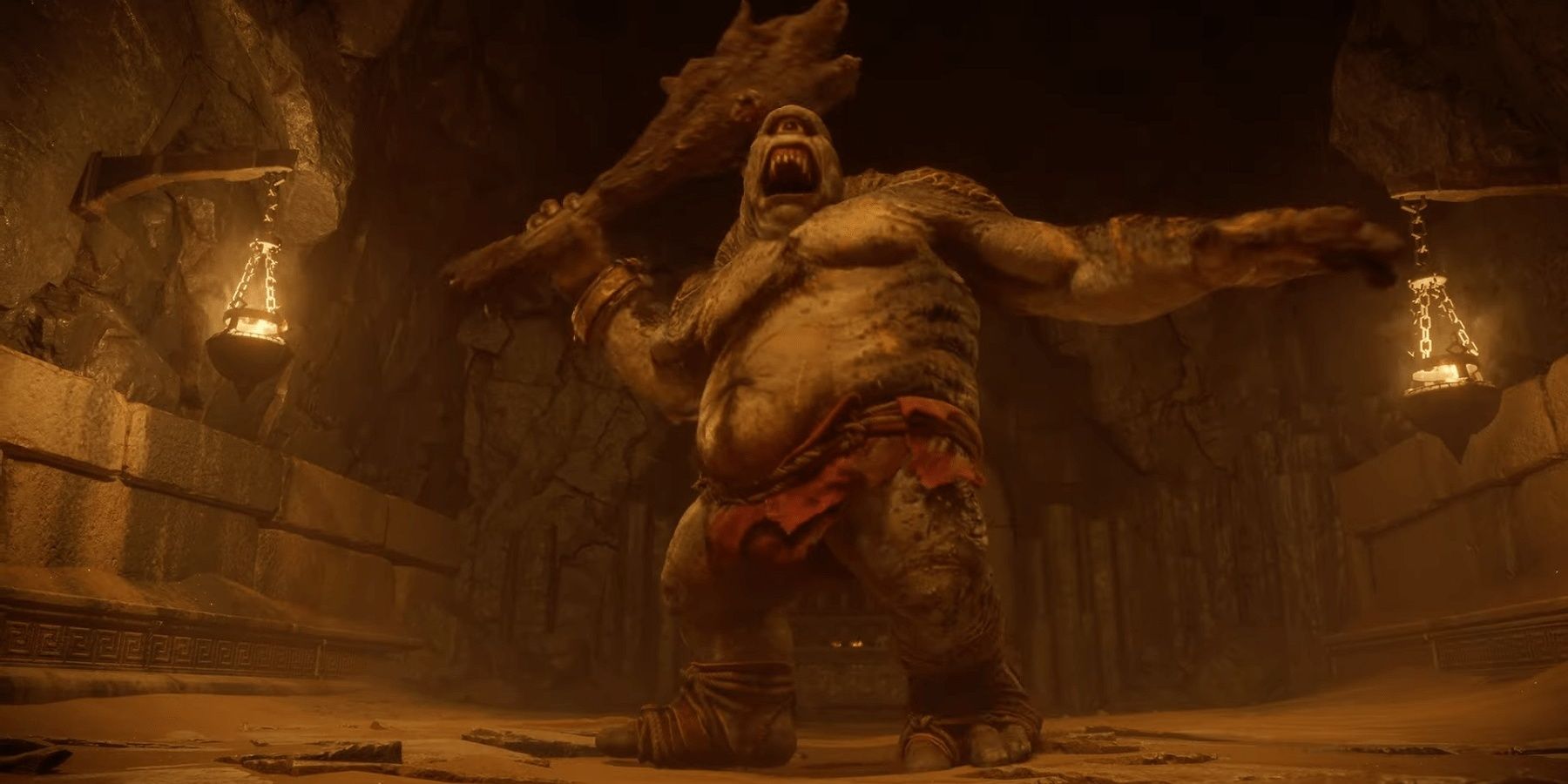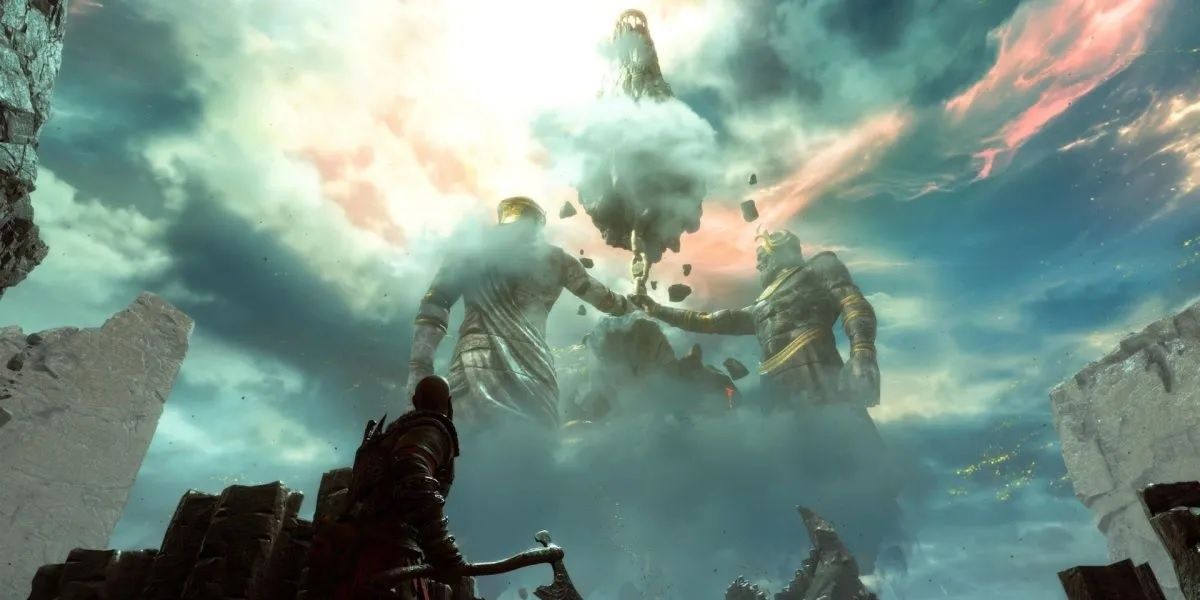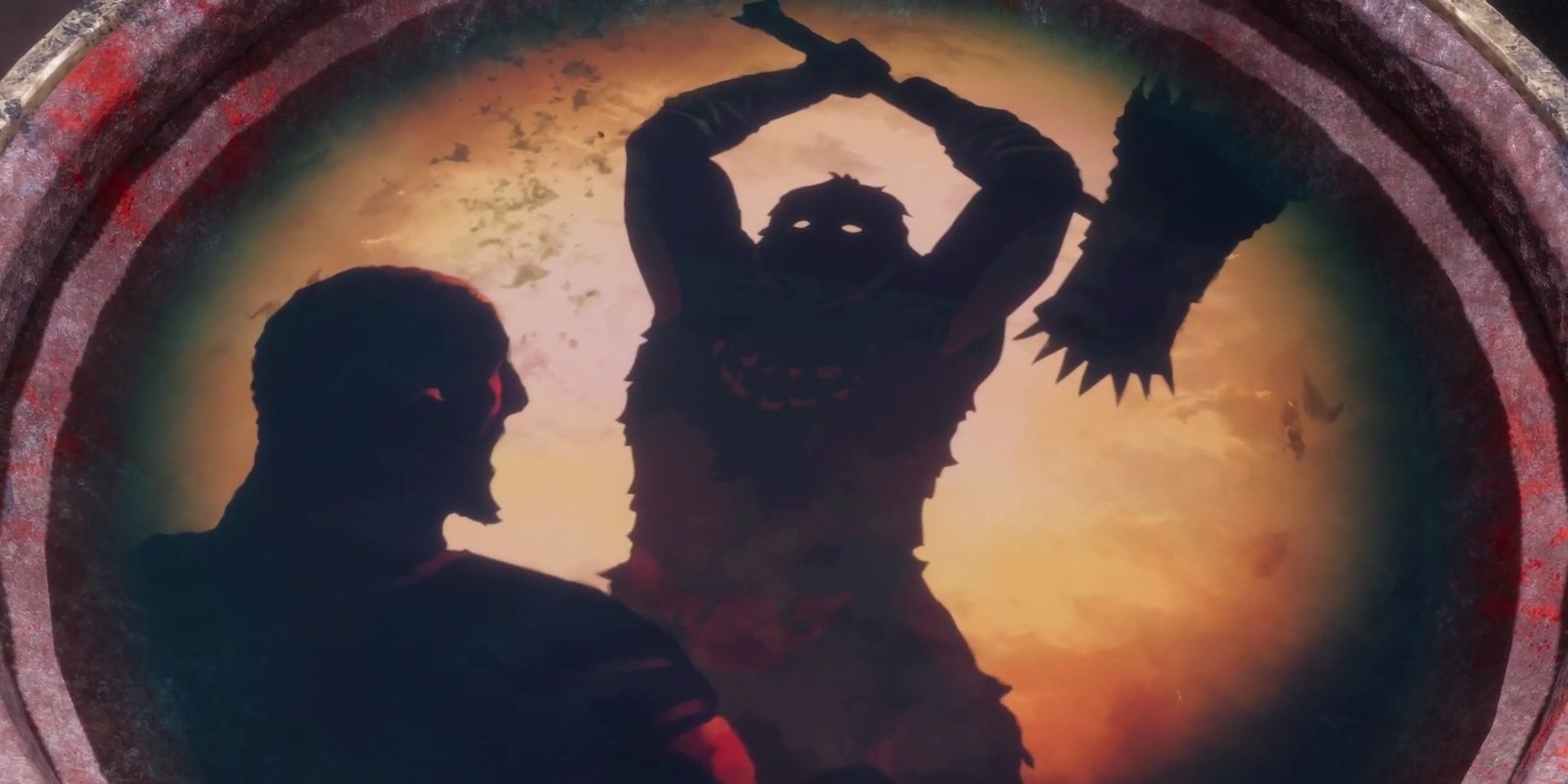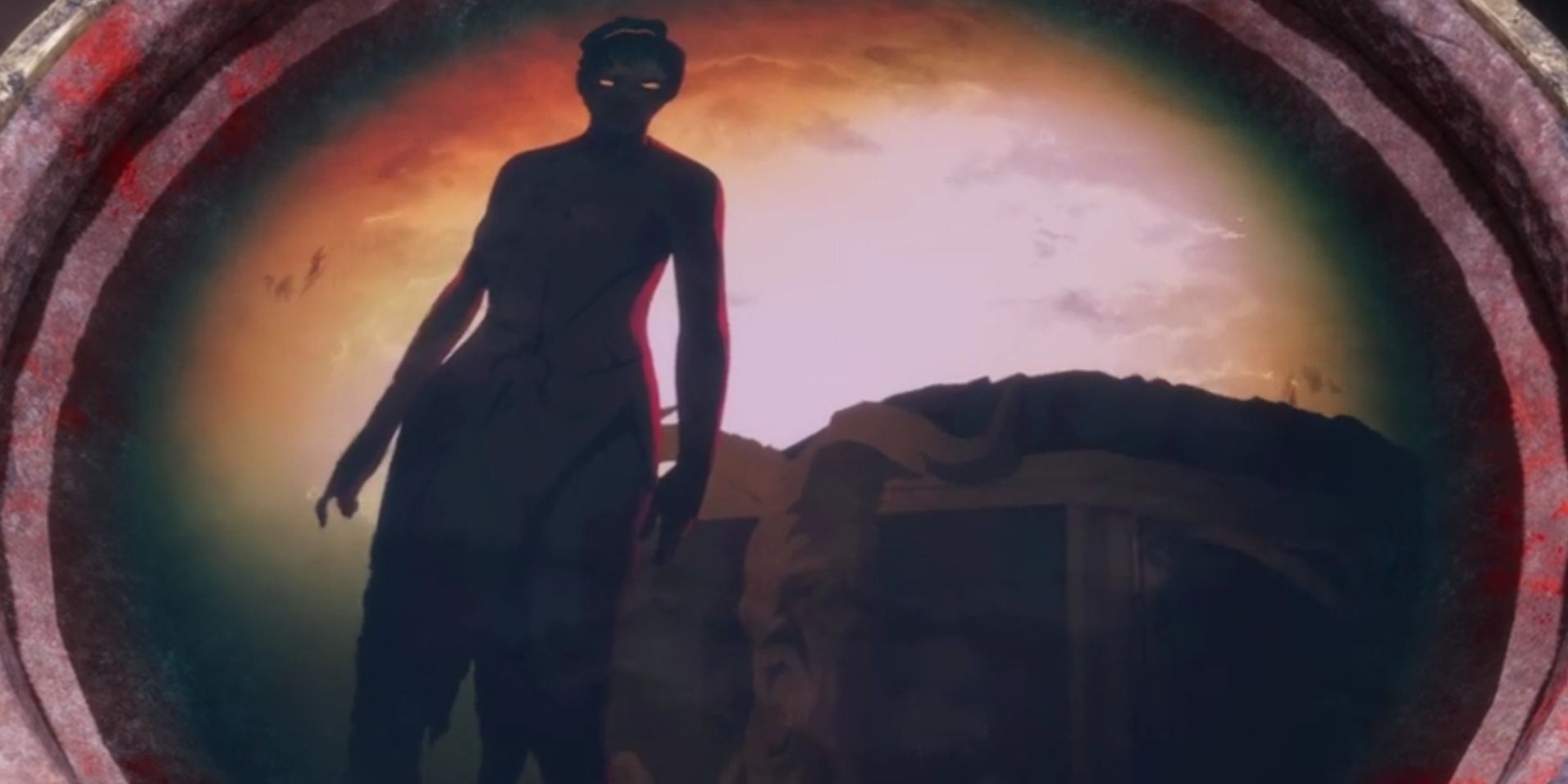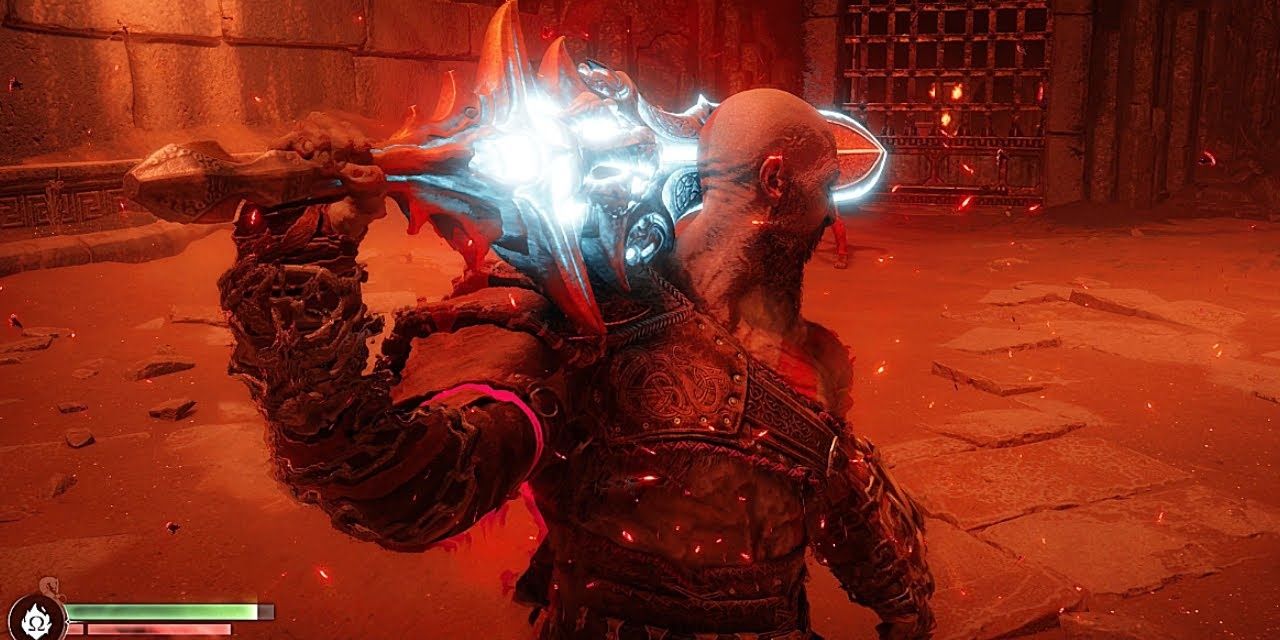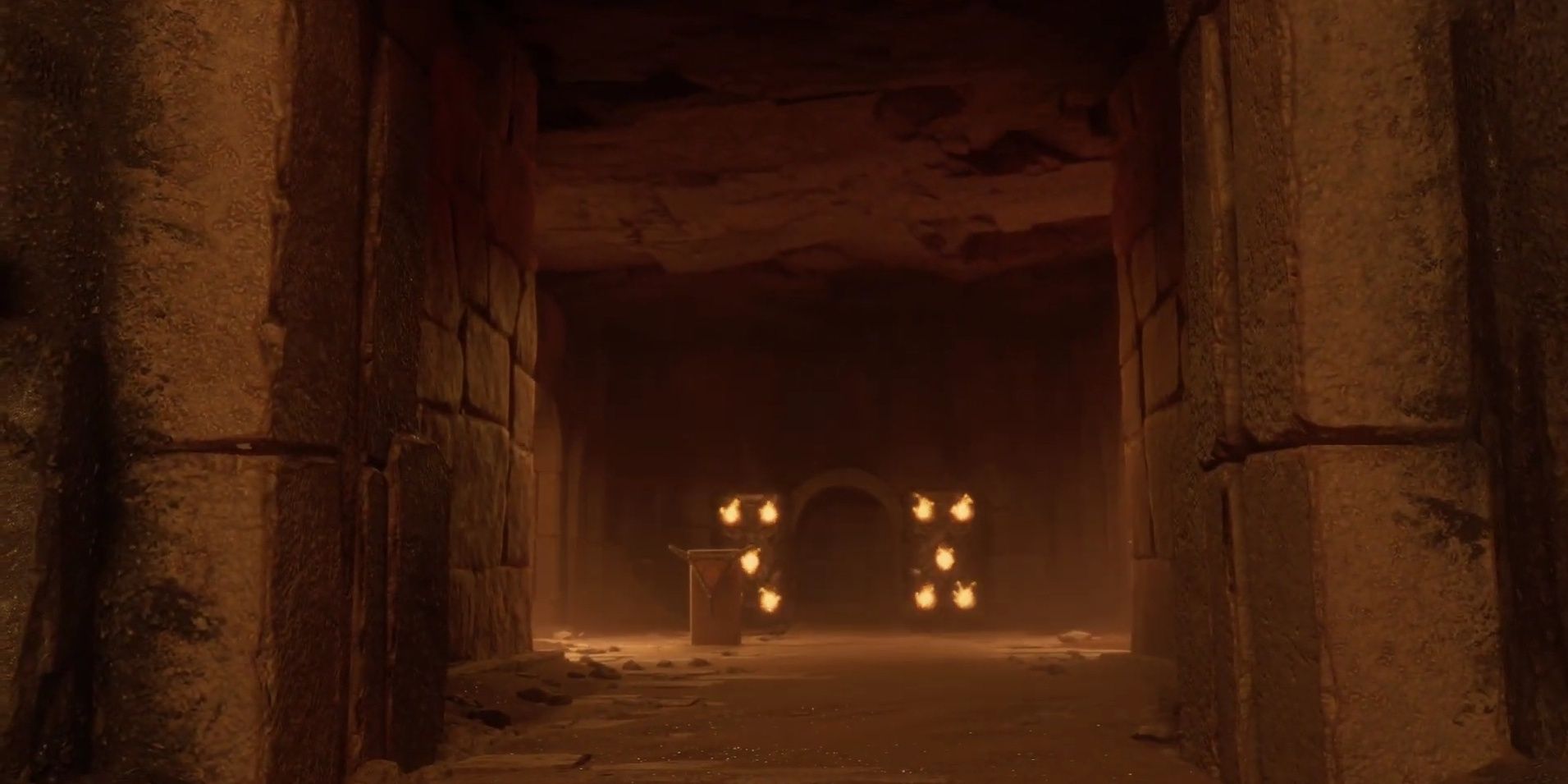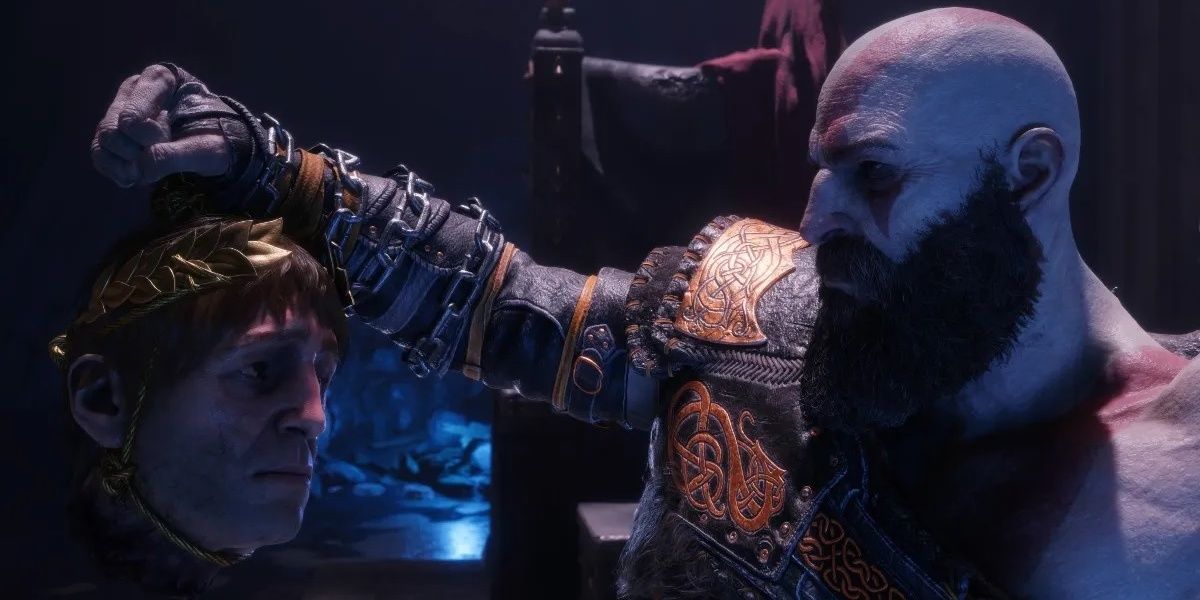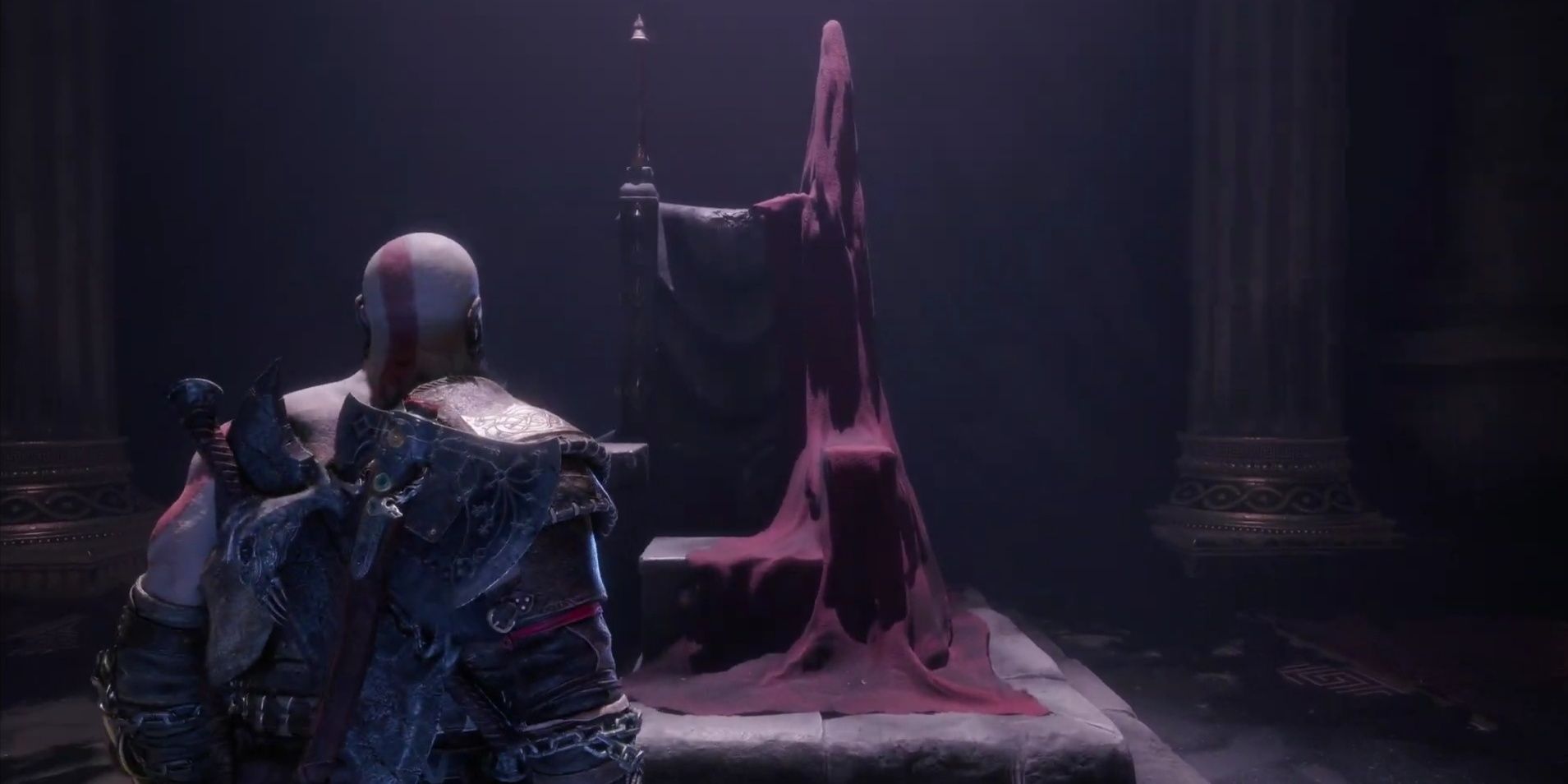Highlights
- God of War: Ragnarok - Valhalla is a hefty DLC that takes place after the main campaign, offering a roguelike mode with challenges and a story element.
- The DLC includes classic enemies from Greek mythology, as well as references to the original God of War games, providing nostalgic standout moments.
- Kratos' past is explored and revisited through encounters with familiar characters and mementos, allowing him to recontextualize his actions and accept his role as the God of Hope.
A year after its original release, God of War: Ragnarok has received a hefty DLC. God of War: Ragnarok - Valhalla takes place some time after the main campaign. Kratos is invited to what’s left of Valhalla, a gauntlet meant to train the souls of warriors until they can become Einherjar. While some would undergo that process, others prefer to stay there to battle forevermore.
In terms of gameplay, Valhalla is a roguelike mode where Kratos can take on challenges, like an expanded version of Niflheim from the 2018 game. But it also has a story. Valhalla takes Kratos on a journey to the past to help him accept his present. There are plenty of references to the original God of War games, which serve as standout moments. There will be spoilers across the whole series, so watch out.
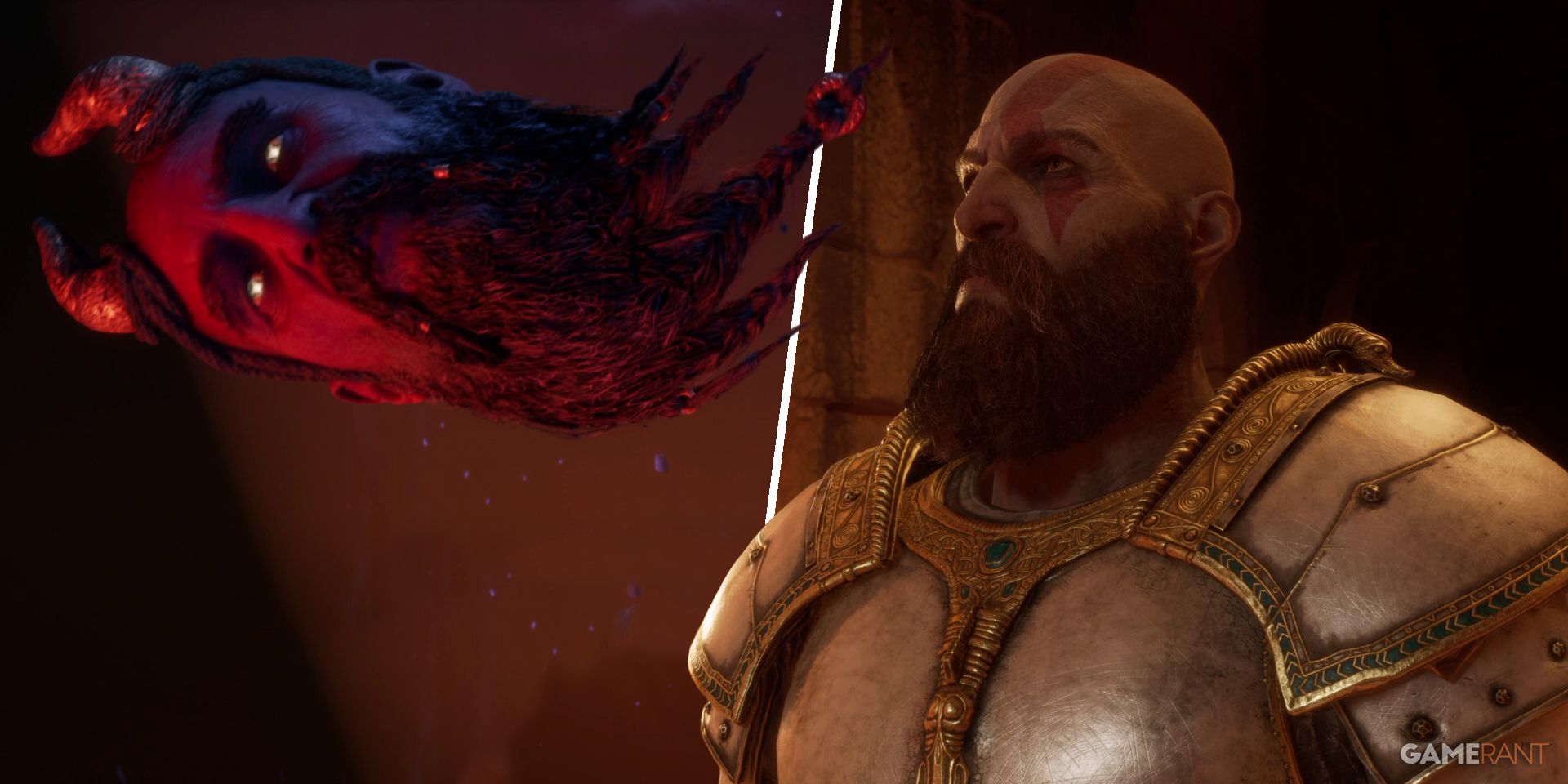
God of War Ragnarok Valhalla: Beginner Tips & Tricks
Achieving mastery in the DLC expansion becomes a lot easier with these God of War Ragnarok Valhalla beginner tips and tricks.
8 Old Enemies
God of War 1
- Most classic enemies come from Greek mythology, but the Undead enemies are largely original creations.
- Last Appearance: God of War: Ghost of Sparta
The game uses chunks of the other realms to form its levels, or ‘Sanctuaries.’ Muspelheim, Helheim, Midgard, and more offer their own challenges and threats. One of them is even Greece itself, which uses architecture based on levels from the classic series.
It also includes some familiar faces, like the Undead Legionnaires, Harpies, annoying Wraith enemies, and even the Cyclopes. Some fans had wondered what the classic games would be like with the new over-the-shoulder camera angle. Valhalla gives players a taste of what that would be like.
7 Minos, Rhadamanthys, and Aeacus
God of War 3
- In mythology: Minos was the King of Crete, and the namesake of the Minotaur and the Minoan Civilization.
- Rhadamanthys was Minos' brother, and Aeacus his half-brother.
- Last Appearance: God of War 3
In the early game, Kratos and Mimir come across three giant statues holding a giant chain. These are Minos, Rhadamanthys, and Aeacus, the judges of the Greek Underworld. As well as judging the dead by their deeds, they held the Chain of Balance that kept Olympus stable. Though they ultimately let Kratos move on, he would later destroy them to break the chain.
In Valhalla, they return with the chain in hand. Like in GoW3, they judge Kratos by his actions. If he completes their challenges, they’ll give Kratos a memento of his past, and open the path to Valhalla’s tricky boss fights against the mystery person who invited him to the realm.
6 Alrik the Barbarian King
God of War 1
- In the games: Alrik is an original character, but is likely based on Alaric, leader of the Visigoths who sacked Rome.
- Last Appearance: God of War 2 (in person); God of War: Ascension (flashback)
One of those mementos is the Oath Stone, an amber image of Kratos formed by the Furies from God of War: Ascension. Yet, when it’s introduced, it’s dipped in a pool that reveals Alrik the Barbarian King. In the original games, he was the leader of the hordes that almost defeated the Spartans. Alrik was moments away from crushing Kratos with his hammer when Kratos pledged his life to Ares.
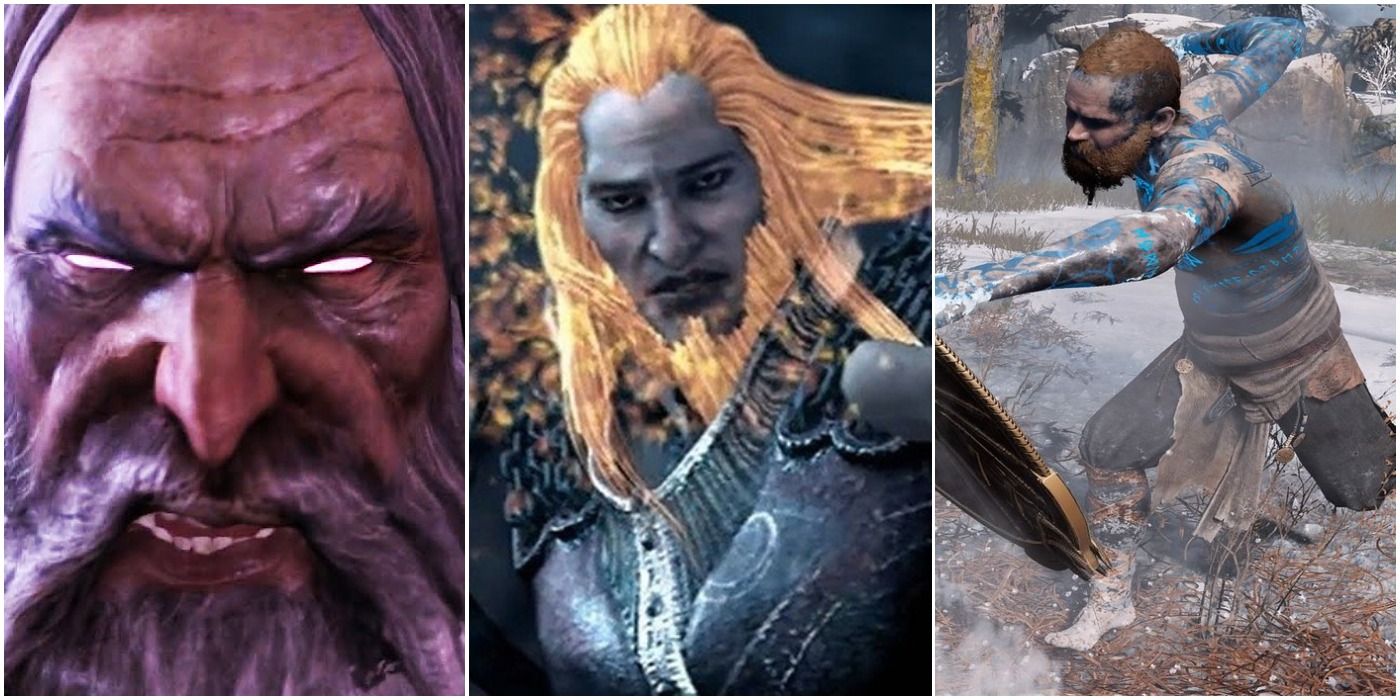
Every Major Villain In The God of War Series, Ranked According To How Evil They Are
The God of War series has featured some of gaming's most vile villains. Here's how they all compare based on how bad they are.
In return, Ares used his powers to destroy Alrik's forces, while Kratos decapitated Alrik with his new weapons. On reclaiming the Oath Stone, Kratos gets to relive that day. Invoking Ares eventually doomed Greece, the Olympian Gods, and Kratos himself. But at that moment, he had to do it to save Sparta.
5 Pandora
God of War 3
- In mythology: Pandora was the wife of Prometheus, whose curiosity led her to unwittingly release all the evils of the world.
- First & Last Appearance: God of War 3
One of the other mementos is a small statue of Pandora. The smith-god, Hephaestus, originally made Pandora to be the key to Pandora’s Box, which held all the evils in the world. But she'd be destroyed if she was used on the box, and Hephaestus saw her as his daughter. So he suggested that Zeus hide Pandora’s Box in Cronos’ Temple.
When Kratos found it in GoW1, he opened it to gain the power to kill Ares, and unleashed the evil that corrupted the gods and the world itself. Realizing Hephaestus' plot, Zeus took Pandora away and trapped Hephaestus in the Underworld, where he spent his time trying to remake her. When Kratos needed her to reopen the box in GoW3, Hephaestus tried to protect her by fighting Kratos, only to die in the process.
4 Blade of Olympus
God of War 2
- The Blade is a game-only invention. In mythology, Zeus defeated the Titans with his thunderbolts.
- Last Appearance: God of War 3 (in lore), God of War: Ascension (multiplayer weapon)
Pandora went willingly to her end in GoW3, neutralizing the Flame of Olympus so Kratos could reopen the box. At first, her sacrifice seemed in vain, as the box was empty. But its last power lurked within Kratos: hope. After avenging himself on Zeus, Kratos sacrificed himself to spread it all across ruined Greece rather than let Athena use it for her own ends.
He did this by stabbing himself with the Blade of Olympus, a giant broadsword Zeus used to end the war against the Titans. Kratos can actually use the Blade again in Valhalla as ‘Legacy Rage.’ It’s powerful, and lasts longer than the other Rages, but it’s harder to use and doesn’t let Kratos use lifesteal.
3 The Chamber of Sacrifice
God of War 1
- In the games: Part of Pandora's Temple, which was chained to Cronos' back.
- In mythology: Cronos was imprisoned in Tartarus, then freed to become the ruler of the Elysian Fields.
- Last Appearance: God of War 1
To unlock Legacy Rage, players must complete the Chamber of Sacrifice. In GoW1, Kratos had to push a cage containing a soldier past a recurring horde of Legionaries into the chamber, then pull the lever to burn them alive and open the way.
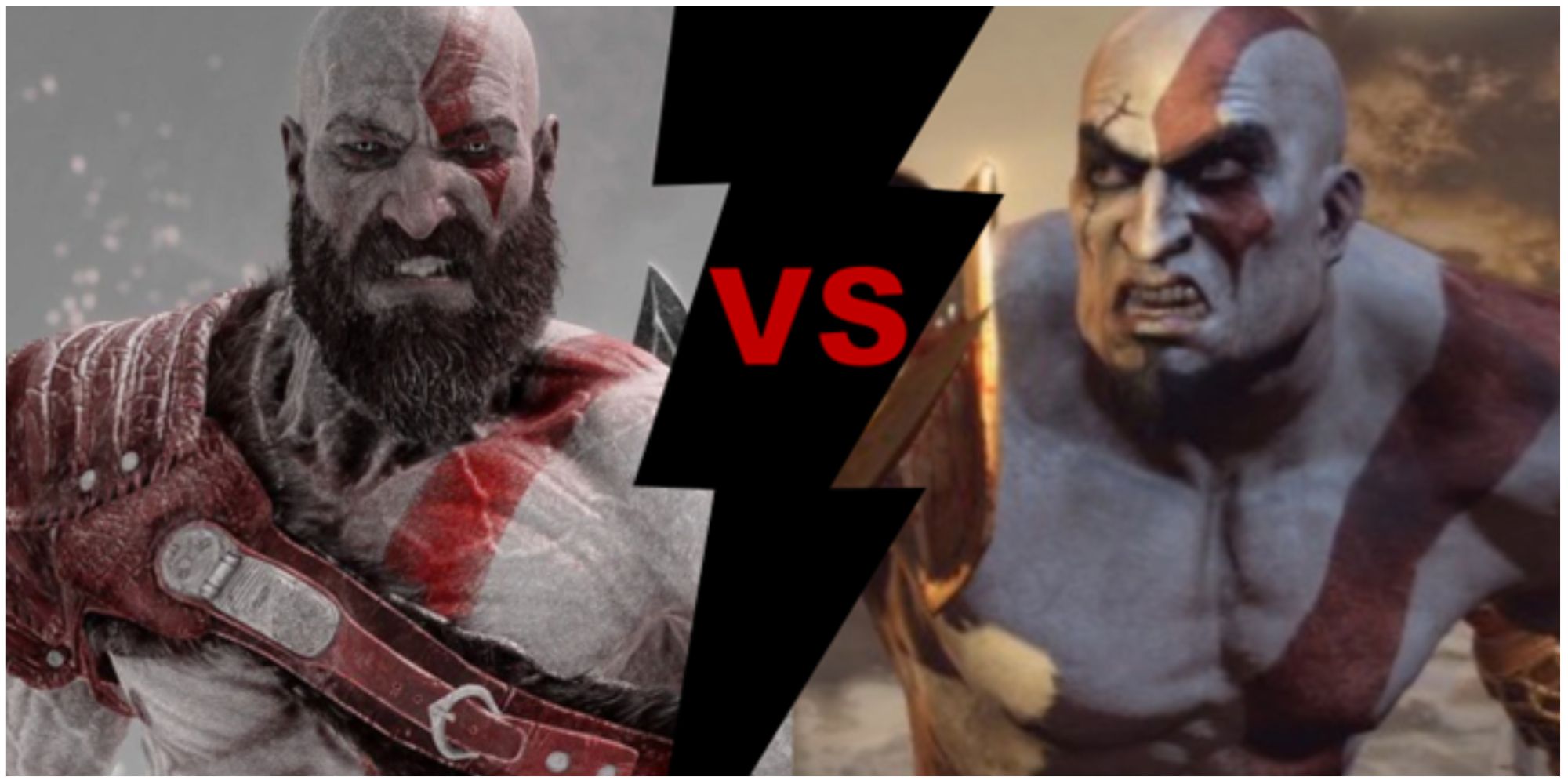
God Of War Ragnarok: Who Would Win – Old Kratos Vs Young Kratos
When put to the test, who would win in a fight to the finish: Old Kratos or Young Kratos?
In Valhalla, Kratos first tries to sacrifice a certain annoying head, but then has to frantically try and save it when it turns back into his old friend and guide Mimir. With help from Sigrún, the two survive to try Valhalla again, and players unlock Legacy Rage. But Kratos still needs to sacrifice something in the chamber.
2 Helios
God of War: Chains of Olympus
- In the games: Helios is a son of Zeus, like his Olympian counterpart Apollo.
- In mythology: Helios was a Titan who sided with the Olympians in the War of the Titans.
- Last Appearance: God of War 3.
That annoying head happens to be Helios, the sun god Kratos decapitated to light the way back to Olympus, at the cost of blotting out the sun. These memories are revealed in the pool via Helios’ Shield. Kratos used this reflective weapon in God of War: Chains of Olympus, where he had to save Helios from Persephone and Atlas, and bring light back to Greece.
Kratos knew the country would be plunged back into darkness when Helios died, but he pressed on. Helios still holds a grudge against Kratos for this, taunting him for his actions. Kratos is sure he's just an illusion formed from his mind like the Sanctuaries, but it's close to the real deal. His barbs are amusing in their bluntness, though he does make players wish he could have been toasted.
1 The Throne of Ares
God of War 1
- Despite being associated with the city-state in-game and by later writers, Ares wasn't Sparta's patron deity. The Spartans largely favored Zeus, Athena, Apollo, Artemis, and the Dioscuri.
- Last Appearance: God of War: Ghost of Sparta.
The story of Valhalla involves Kratos wrestling with his past. The ending of Ragnarök showed a prophetic painting of Kratos becoming a god of hope. Freya even offered him a place as part of the new Norse pantheon. But he has difficulty accepting the position, given what happened when Athena gave him the Throne of Ares at the end of GoW1.
The throne haunts Kratos throughout Valhalla. Directly or indirectly, Kratos killed many people when he was the God of War. Taking up godhood again feels like he would be repeating history. But throughout the process of Valhalla, he recontextualizes his past, and the decisions that led him to that point. Being older and wiser, perhaps he could make better decisions as the God of Hope.
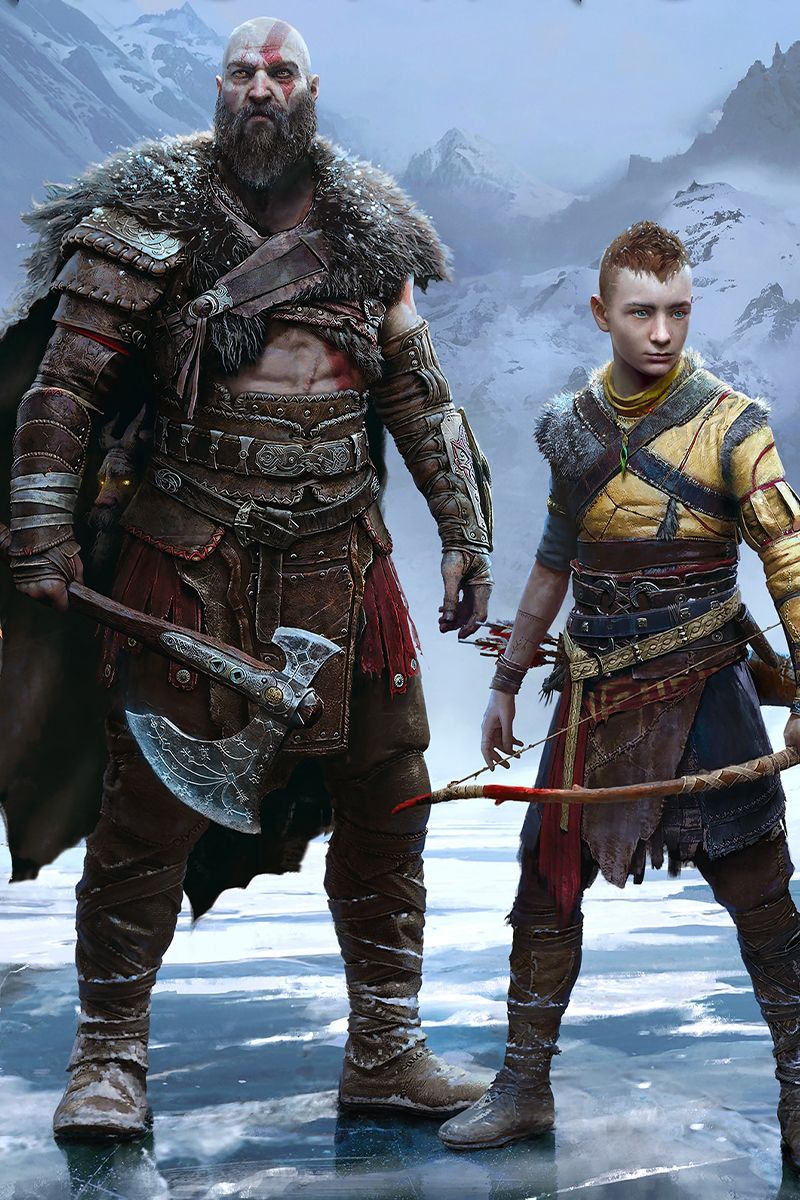
God of War: Ragnarok
- Released
- November 9, 2022
- Developer(s)
- Santa Monica Studio
- Genre(s)
- Action , Adventure

